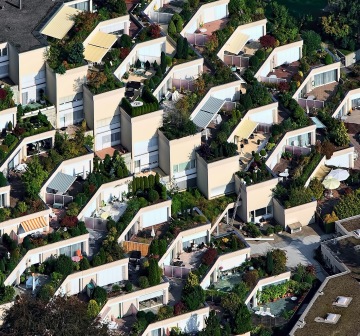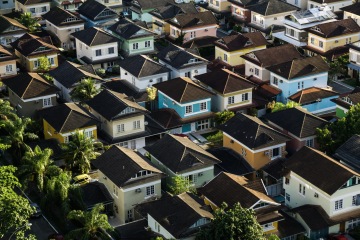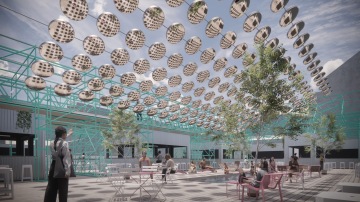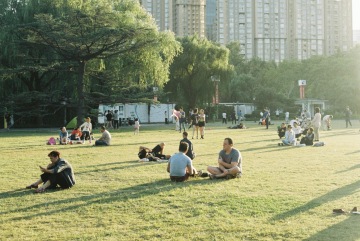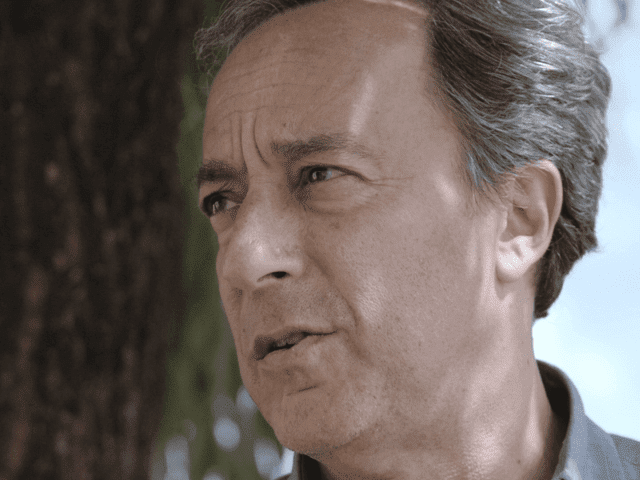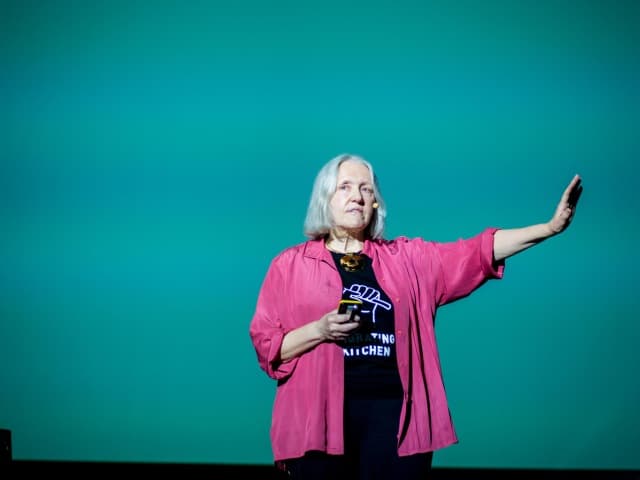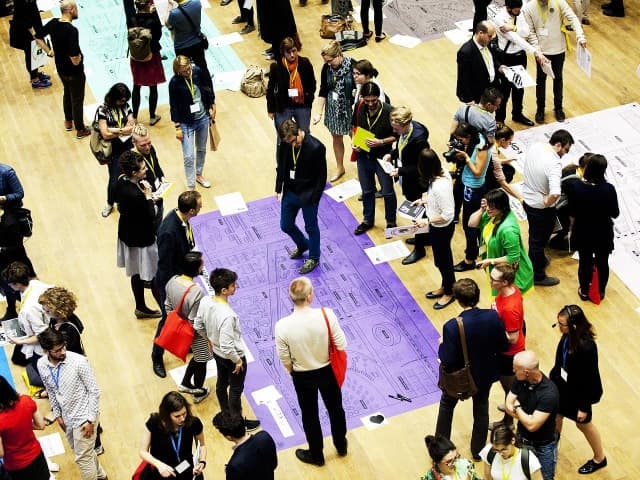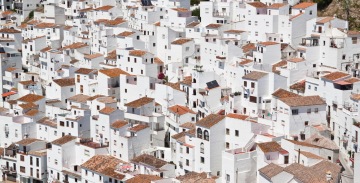
Where Architects Dream #5: On The Move
Six takes on spaces in which these creative minds who design homes and review architecture projects, dream. Part 5 of 6
On February 12, an outstanding concentration of architects and architecture editors occurred in Lisbon where reSITE and MAAT hosted RESONATE. Having in mind #reSITE2018 core topic, housing, we tried to draw what could be a trend of today, or at least sneak into what type of environment shapes architects’ dreams. What are the housing and urban living preferences, practices and predictions of those who design homes and review architecture projects?
Read where and how these creative minds work and sleep: Kjetil Trædal Thorsen (Snøhetta, Oslo), Jessica Mairs (Dezeen, London), Michael Jones, (Foster + Partners, London), Birgit Lohmann (Deisgnboom, Milan and Sardinia), Louis Becker (Henning Larsen, Copenhagen) and the visual artist Xavier Veilhan (Paris).
Question: When was the last time you moved and why?
Previously:
Don't Miss What's Coming Next:
- #6 Elon Musk
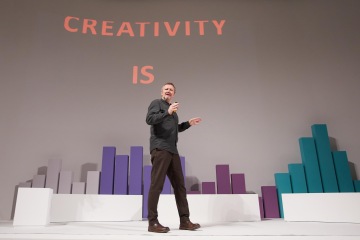
Kjetil Trædal Thorsen
The last time was 21 years ago. I moved from an urban flat to small, terraced housing with a garden, because my wife and I had just had children—so we needed a garden.

Xavier Veilhan
I don’t know if it could be considered moving, but I had this apartment in Venice for eight months. I moved, but I knew it would end. Maybe a real “moving” situation is to move but not to know when it will end. Before that, I think it was twenty-two years ago when I moved into my small house in the 20th arrondissement in east Paris.
We needed more space
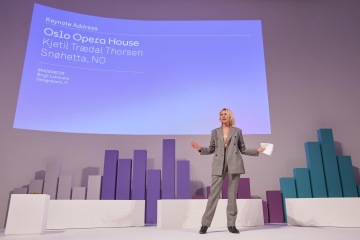
Birgit Lohmann
I got thrown out of my contract, so I had to move. We needed more space. This was eight years ago. As I said, I’m currently working in Milan, but I’m a resident of Sardinia. I’m traveling a lot. When I’m in Milan, I’m not thinking about changing places. I’m happy already—I have a little garden—but as soon as I can, I go to Sardinia. I go to the south where we have a little boat, and we try to live on it a little bit. I’m not thinking about moving. I’m already moving a lot!
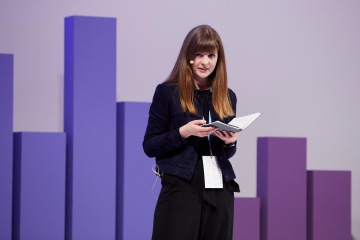
Jessica Mairs
I moved about six months ago. Previously I was living in a house share with my best friend, but they decided to sell their house. So, I decided to find some new flat-mates and move to a new part of London I had never lived in before. I generally move every year or every two years. I quite like finding a new area to explore a bit more and some new people to meet.
No cellphone, complete cut-off. That’s why I moved.
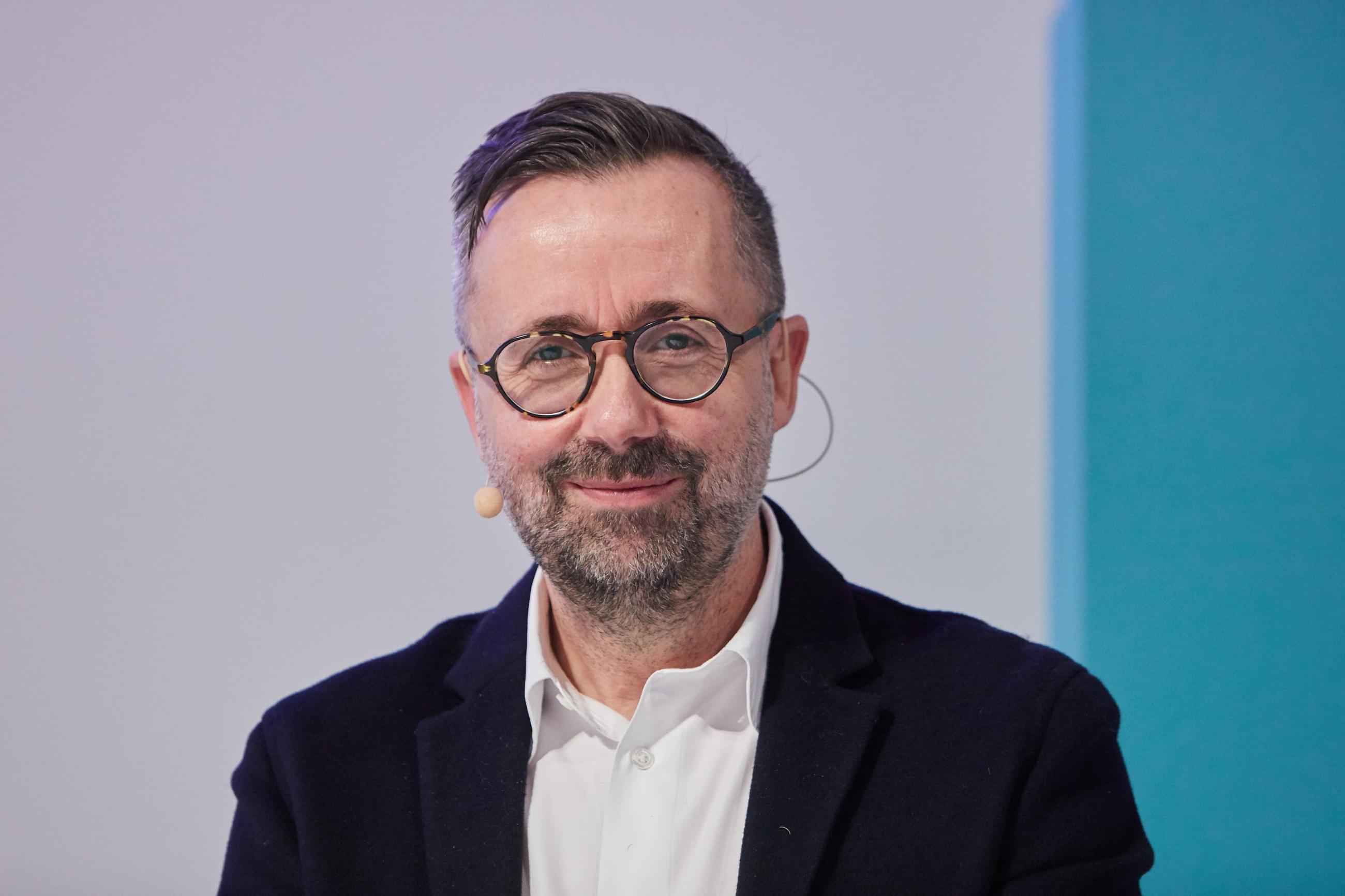
Michael Jones
I’ve lived in London forever, but I suppose most recently what I did to get that contrast was I bought a house outside London on a beach by the ocean. This gives me a complete contrast and cut-off to be in another world. No cellphone, complete cut-off. That’s why I moved.
Because the sun is so low in the wintertime in Denmark, it penetrated the whole apartment.

Louis Becker
I moved because I had been renting an apartment many, many years ago in that area, the Lakes at Copenhagen. I thought that’s the best place I’d ever lived because I had this living room facing east so I had this long, long, long morning sun coming in. Because the sun is so low in the wintertime in Denmark, it penetrated the whole apartment. I love that, and then a balcony to the lake… just the reflection on the water!
In case you missed it...
Where Architects Dream #1: The Rule of 11 Square Meters
Six takes on spaces in which these creative minds who design homes and review architecture projects, dream. Part 1 of 6
Where Architects Dream #2: What is Luxury?
Six takes on spaces in which these creative minds who design homes and review architecture projects, dream. Part 2 of 6
Where Architects Dream #3: Not For Me
Six takes on spaces in which these creative minds who design homes and review architecture projects, dream. Part 3 of 6
Where Architects Dream #4: So Close, Yet So Far
Six takes on spaces in which these creative minds who design homes and review architecture projects, dream. Part 4 of 6
Interested in the discussion surrounding the future of housing, living conditions and quality of life? Join the reSITE 2018 Event
Related Stories
Mexican Team Wins Young Designers Open Call with Repurposed Traffic Mirror Concept
Circularity, enhanced visitor experience, and community empowerment were the focus of the first edition of YDOC. In a truly global online gathering, the Young Designers Open Call Final Night featured young designers from Ethiopia, Ecuador, the United States, Mexico, Turkey, France, Belarus, Georgia, and New Zealand, competing for one of three awards, alongside two teams based in the Czech Republic.
Young Designers Open Call
The Young Designers Open Call (YDOC) is an opportunity for emerging architects and designers to manifest their talent in front of a renowned jury, get their idea built and put in use in a popular Prague location, within only a few weeks. The first three awarded projects get a financial prize. Deadline April 4th, 2025.
Five Talks On Using Design for Social Impact
Socially conscious designers leverage economic, environmental, political and cultural factors and consider them in their efforts to improve the livability of the built environment.
Six Talks on Designing Cities to Include Greenspace
Cities benefit tremendously from the incorporation of greenspace, a connection to nature that is an arena to cultivate community.
Related Talks
Creating Common Ground with Michael Kimmelman | reSITE City Talks
Michael Kimmelman, architecture critic for the New York Times, speaks to reSITE about how architects are responsible for creating healthy cities to address climate change, refugees, and urbanisation. In conversation with urban planners and designers, architects can create resilient neighborhoods and cities.
Boom Towns are Immigration Towns with Michael Kimmelman
Michael Kimmelman, architecture critic for the New York Times, uses Stuttgart, Mexico City, and Guangzhou as examples of ways cities have handled an influx of migrants and how the cities have adapted or not adapted differently. The current issues in these cities differ based on location, situation of incoming migrants, and how well the city has handled new arrivals, with Stuttgart presented as a model city for migrant reception.
Saskia Sassen: City is an Extraordinary Animal
Saskia Sassen, professor of sociology at Columbia University, discusses the migrant experience relating to land use and the urban habitat. She focuses on the privatizing and corporatizing of modern cities and how these trends affect the people living in cities, especially disadvantaged and ignored populations.
Can we Gamify Urban Design with Ekim Tam + Play the City
Ekim Tan, inventor of Play the City, moderated and listened to participants discuss the experience of their city, including the urban issues they faced and solutions to problems. At reSITE 2016, attendees played a large scale "Play the City" game where they were assigned roles and simulated making decisions and reacting to events in a city.
